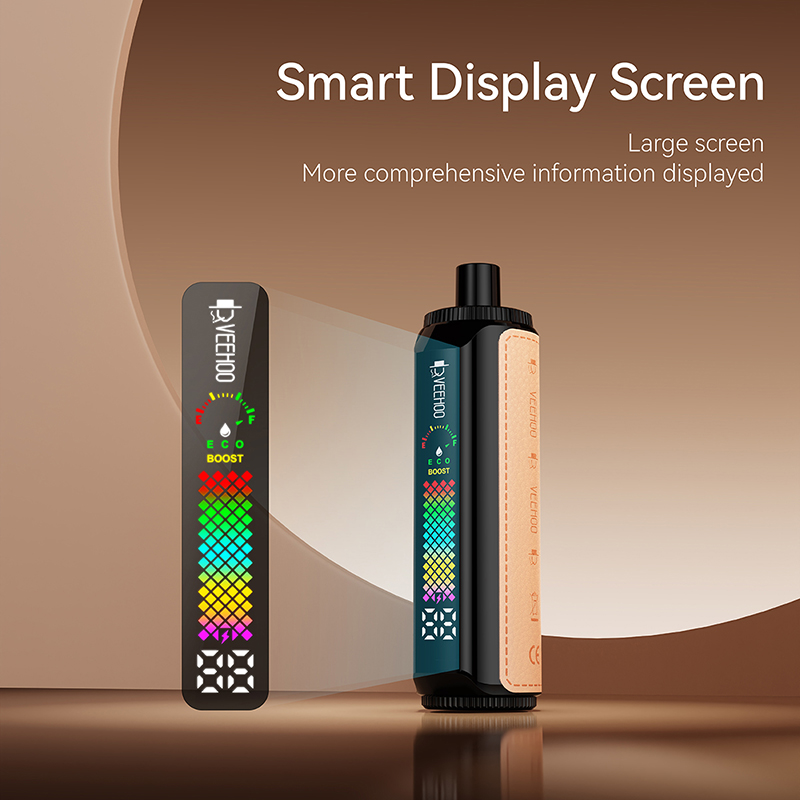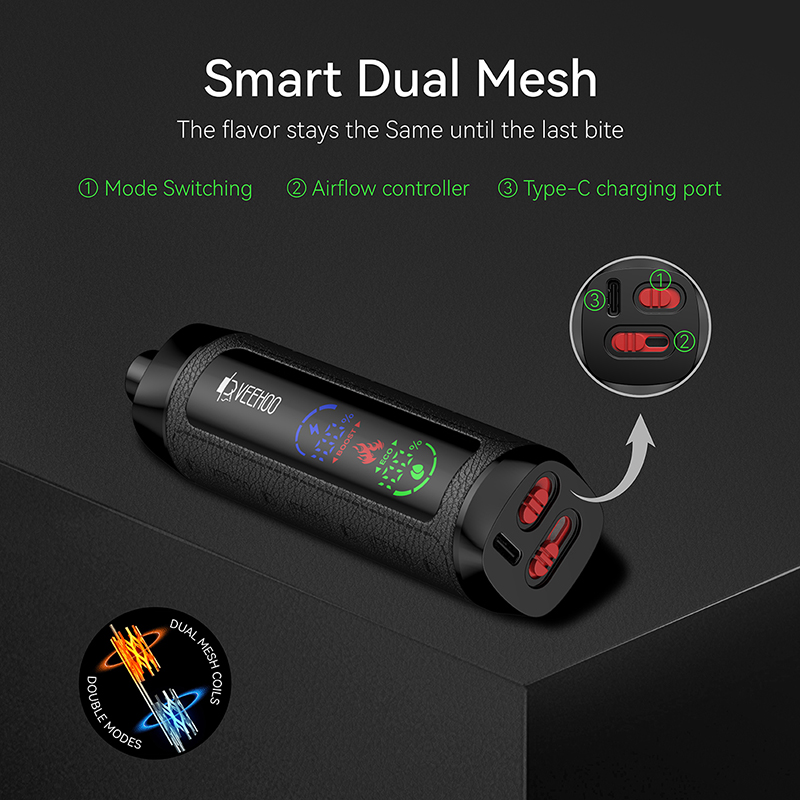It was an ordinary afternoon. Around noon on June 20, a townhouse on Grey Street in Gainsborough, Lincolnshire, England, caught fire. The incident happened suddenly, and the billowing smoke caused panic at the scene. The fire brigade quickly assembled after receiving the alarm, and as many as eight fire trucks rushed to the scene to carry out rescue. According to the local fire department, the fire originated from an electronic cigarette device that was charging on the bed. It exploded and “flamed instantly”, and quickly spread to three neighboring houses, making the three houses completely uninhabitable, and the roof of one house was deformed or severely smoke-damaged. Such a fierce fire shocked the surrounding communities, and the authorities immediately issued an emergency warning to remind the public to pay attention to the safety of electronic cigarette charging.
Fortunately, although the house was destroyed, no one was injured. Helen Tooley, head of Lincolnshire Fire and Rescue Service, said the fire was so fierce that the flames had penetrated multiple roof structures. Three houses were completely “uninhabitable” and the fourth house was severely smoked and the roof was damaged. The cause of the incident is suspected to be overheating or short circuiting when the e-cigarette was charged, and the explosion produced flames, which led to the escalation of the fire. In order to find out the details, the authorities are still conducting an in-depth investigation and have called on the public to adopt the correct use and charging methods.
Once the fire incident was reported, it immediately attracted public attention. The British media attached great importance to it and quickly linked the fire with the potential dangers of e-cigarette devices. From the past week to a few months, many accidents have been reported due to improper charging of electronic products, including electric bicycles, portable power supplies and e-cigarettes. The Fire Safety Association (FIA) pointed out that lithium-ion batteries are very likely to overheat, explode or burn if they are used with inappropriate chargers or overcharged for a long time. Fire warnings are not empty talk. There was a similar incident in Cheshire, England: a woman’s e-cigarette device charged in the bedroom exploded, the smoke woke up the residents by mistake, and the fire damaged the carpet in the house. Fortunately, the people escaped in time. In addition, many incidents have shown that non-original, low-quality chargers and defective battery combinations are often the fuse. Relevant fire departments in the UK have repeatedly issued safety recommendations: use original chargers, avoid charging overnight, keep devices away from flammable materials, and do not charge when unattended.

Although such risks cannot be ignored, the potential of e-cigarettes in the field of public health cannot be completely denied. In recent years, more and more adults have replaced traditional cigarettes with e-cigarettes to reduce harm and reduce the health risks of smoking. In this context, it is worth discussing the importance of brand technology and safety. As an emerging e-cigarette brand, VEEHOO has been committed to seeking breakthroughs in safety, quality and user experience.
A highlight of the VEEHOO brand is its scientific optimization of batteries and charging systems. The brand uses a CE-certified battery cell combination with multiple protection systems, including overcharge protection, overheating protection, short circuit protection and abnormal voltage power-off mechanism, which greatly reduces the risk of battery failure. The adapters and accessories are all original designs with high recognition and strong compatibility. VEEHOO product packaging contains detailed instructions, emphasizing safety tips such as “use the original charger” and “do not charge when no one is around”, precisely to respond to recent safety incidents caused by e-cigarettes and convey a responsible brand image to consumers.
In addition, VEEHOO also uses unique fast charging and balanced charging technology, which controls the current output through smart chips, so that even at low power, it can be fully charged quickly without causing high temperature or voltage fluctuations. This technology has performed well in many internal and third-party laboratory tests, and the temperature rise of the body is controlled within a safe range. In addition, VEEHOO reduces the use of plastics with low ignition points through material selection, enhances the heat resistance and flame retardancy of the shell, helps to delay the spread of flames in the event of sudden failures, and provides users with valuable response space.
Although VEEHOO was not directly involved in this fire, the incident reminds all e-cigarette users to pay attention to safety details: do not charge for a long time or uninterruptedly; do not charge the device on the bed or near flammable objects; and replace the original accessories that have been safety tested in time. In recent years, fires have frequently occurred due to a small number of black market or low-quality products. Compliant brands such as VEEHOO should take this opportunity to strengthen publicity and education, so that safety culture can permeate user behavior.
More broadly, fire incidents are closely related to the public’s perception of the “harm reduction” and “safety” of e-cigarettes: public health agencies need to balance the delivery of information, on the one hand emphasizing the role of e-cigarettes as a substitute for reducing the harm of traditional tobacco, and on the other hand, explaining that they still contain lithium battery components and have correct use requirements. If health and safety are emphasized unilaterally while technical safety is ignored, it may lead to misleading and increased accidents. Similarly, when formulating safety standards and guidelines related to e-cigarettes, regulators should also include details such as battery safety, charging compliance, and packaging warnings to form a comprehensive framework that not only promotes harm reduction, but also ensures safety of use.

Back at the fire scene, firefighters have issued clear advice to surrounding residents – close windows and doors to prevent smoke intrusion, and seek temporary shelter. The local community mobilized to provide support and set up an online platform to raise funds for the affected families to help them resettle. The media also called on the society to pay attention to the reconstruction pressure that this family may face, rather than just focusing on the technical details of the cause of the fire.
Combining this incident with the issue of e-cigarette safety, it is not difficult to see that when technology improvement resonates with user responsibility, risks can be effectively suppressed. Starting from a brand like VEEHOO, high-quality design and education delivery are two ends of the same coin. Safety is not only hardware compliance, but also includes full-process guarantees at the packaging, publicity and even after-sales levels. Only in this way can e-cigarettes truly mature.
In contrast to this tragedy, we should reflect: society should participate in building a consensus that technology products must match user cognition and usage habits; supervision should promote the implementation of standards and interweave public education; the media should show risks and advantages in a more balanced way, not demonize e-cigarettes, nor conceal their potential hazards.

At the end of the article, it is advisable to put forward some constructive suggestions. First, brands such as VEEHOO should continue to conduct fire simulation experiments and publish reports regularly to enhance transparency and win trust; second, retail channels should add a reminder mechanism to emphasize safety instructions when selling e-cigarettes, such as reminding not to charge before going to bed and stay away from beds and flammable materials; third, pay attention to the community level and encourage fire and public health departments to jointly carry out “e-cigarette safety” tours, integrating usage demonstrations, inspection habits and suggestions.
In short, the fire in three houses in the UK caused by the explosion of e-cigarettes is a serious alarm bell, reminding us that while affirming the harm reduction value of e-cigarettes, we cannot ignore technical risks. Only with technological improvement, brand self-discipline, regulatory support, and public education can e-cigarettes truly become a public health tool rather than a safety hazard. From brands such as VEEHOO, we see the shadow of positive actions and innovative attempts, and we also see that the e-cigarette industry is sailing through the waves, striving to balance “benefits” and “risks”, and exchanging experience and practice for a safer future.
Tags: ceramic atomizer core, e-hookah, flavored e-cigarettes, veehoo vape